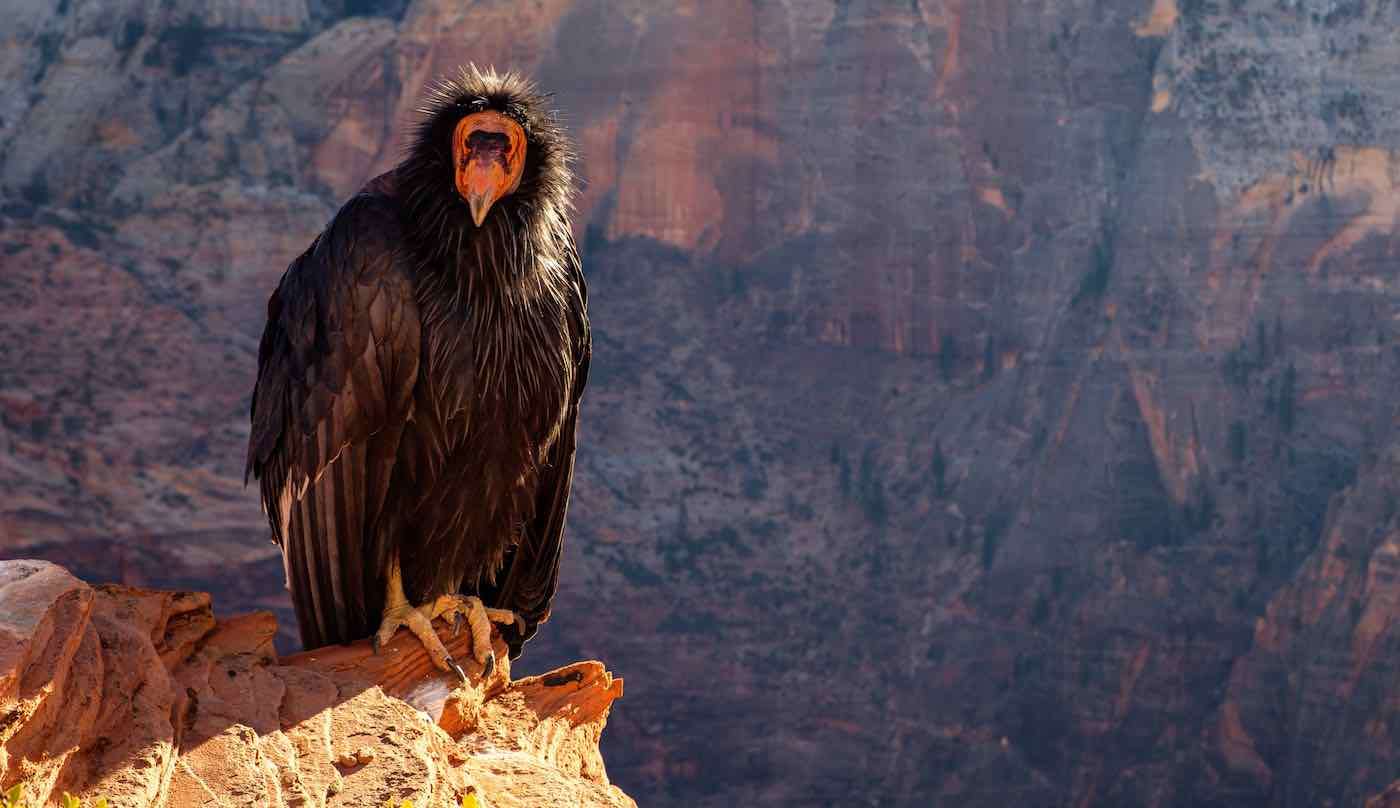Watch Breathtaking Moment When Dolphins and Australian Surfers Catch a Wave Together
This stunning piece of drone footage captured the moment a pod of dolphins joined some surfers off the coast of Australia earlier this month.

Reprinted with permission from World At Large, a news website of nature, science, health, and travel.
It has been 127 years since California condors were seen in the wilderness of the Pacific Northwest - but that's about to change thanks to this exciting new initiative.
The US Fish and Wildlife Service (FWS) is planning to introduce a small group of condors to northern California, northwest Nevada and across the state of Oregon as a means of developing a stable, non-essential population in the wild.
The California condor, which is the largest land bird in North America, was placed on the endangered species list on March 11th, 1967. Due to the species suffering from lead poisoning, a severe population bottleneck, and a loss of genetic diversity, all remaining wild condors were captured. By 1987, the condor existed only in captivity.
Thankfully, conservationists have slowly been reintroducing the exquisite bird back into the wild. As of December 2017, there were 290 California condors in the wild, divided among the four release areas: Central California (90 condors); southern California (80 condors); northern Arizona and southern Utah (82 condors); and the Sierra de San Pedro Mártir release site in Baja California (38 condors). At the same time, there were only 463 condors in the world.
However, there hasn't been a specimen in the proposed northwest area since 1892, and a considerable distance lies between the experimental population and currently existing groups of condors.
Based on section 10 of the Endangered Species Act, an animal must be entirely separated from existing wild populations in order to be reintroduced into a part of its historic range where it is currently absent.
But such efforts are an ideal way to increase species resiliency since separated populations reduce the risk of certain events threatening the species' existence.
There are frequent ongoing releases of captive California condors into each of the wild populations. Plenty of hard work is put into these reintroduction efforts by the breeding centers, and releases are carefully coordinated among the different sites in order to ensure a healthy age structure, sex ratio, and distribution of founder genomes.
If commissioned and approved, this more recent reintroduction effort would likely start with small groups of breeding pairs, varying in size based on captive-bred numbers, to be released annually into Redwood National Park and allowed to spread north and east as the population grows.
The page on the FWS website is open until early June for public commenting, and members of the public are free to use the organization's post office and electronic mailing addresses for input.
Be Sure And Fly This Story Over To Your Friends On Social Media…
Be the first to comment